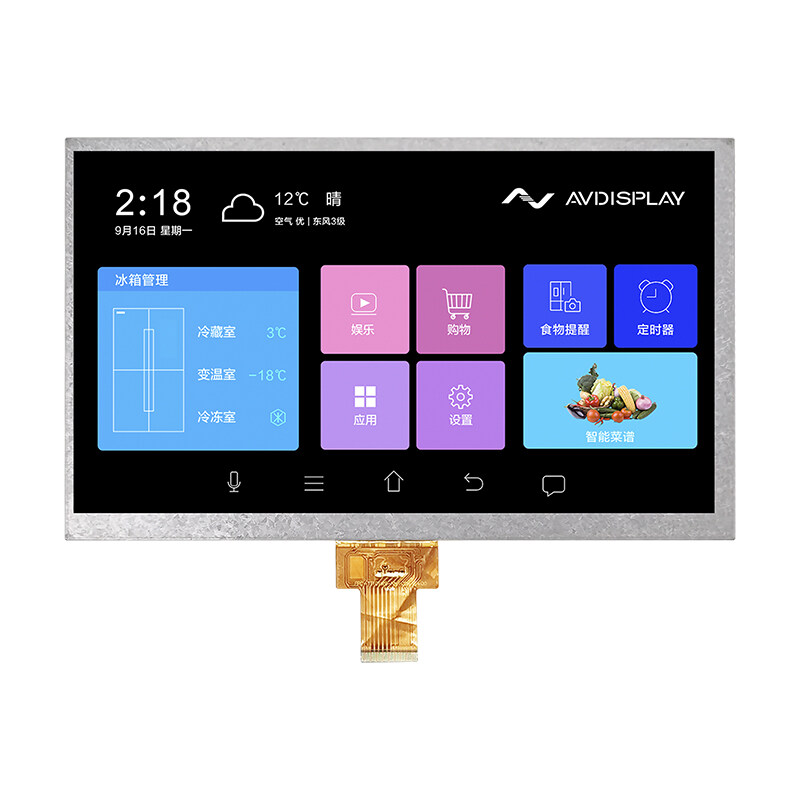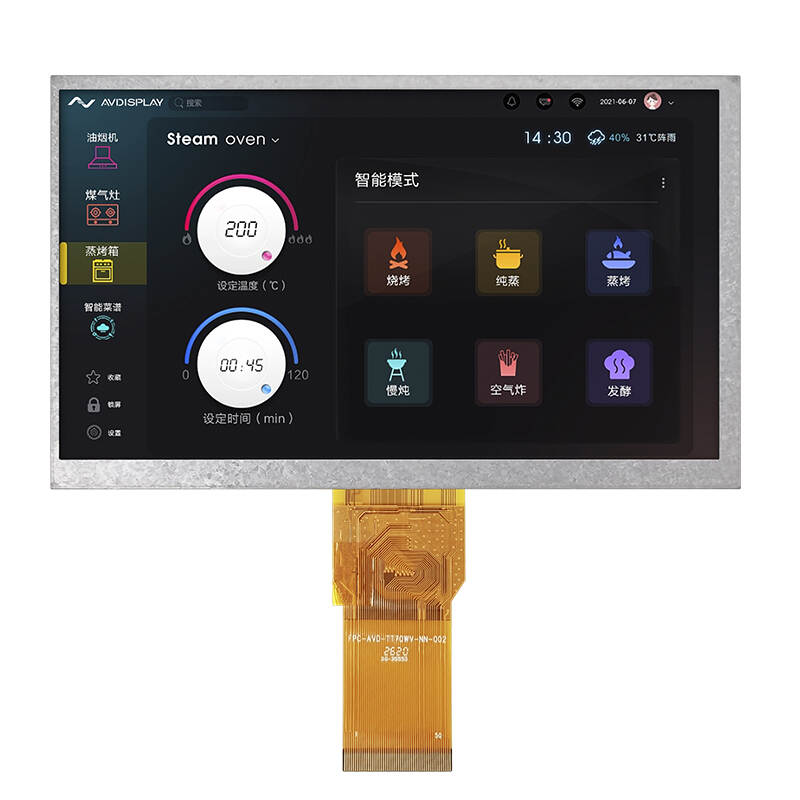Have you ever wondered how a TFT display with touch screen works? In today’s digital age, these types of displays are everywhere - from smartphones and tablets to car navigation systems and even kitchen appliances. But what exactly is a
TFT display with touch screen, and how does it function? In this article, we will delve into the world of TFT displays and touch screens, exploring their technology, applications, advantages, and future developments.
TFT: Thin Film Transistor Technology for High-Quality DisplaysTFT stands for Thin Film Transistor, which is a type of LCD (Liquid Crystal Display) technology that uses thin film transistors to control each individual pixel on the screen. This allows for faster response times, higher contrast ratios, and better color accuracy compared to traditional LCD displays. TFT displays are commonly used in devices that require high-quality graphics and video playback, such as smartphones, tablets, and computer monitors.
Features of a TFT DisplayOne of the key features of a TFT display is its ability to incorporate a touch screen interface. A touch screen allows users to interact with the display by touching or tapping on the screen, instead of using a physical keyboard or mouse. This intuitive interface has revolutionized the way we interact with technology, making it easier and more convenient to navigate through menus, play games, and browse the internet.
Several Types of Touch Screen TechnologiesThere are several types of touch screen technologies used in TFT displays, including resistive, capacitive, and infrared. Resistive touch screens consist of two layers of flexible material coated with a conductive substance. When the top layer is pressed down, it makes contact with the bottom layer, creating a circuit that registers the touch input. Capacitive touch screens, on the other hand, use a grid of sensors to detect the electrical charge of a finger or stylus. This allows for multi-touch gestures and more precise input.
Infrared touch screens use infrared light beams to detect touch input. When a finger or object breaks the beams, the touch screen registers the input. This technology is often used in large displays, such as interactive whiteboards and kiosks. Each type of touch screen technology has its own advantages and limitations, depending on the application and user requirements.
The combination of a TFT display with touch screen technology has opened up a world of possibilities for interactive devices. From smartphones and tablets to smart home devices and automotive displays, touch screens have become an essential part of our daily lives. They allow us to control and interact with technology in a more natural and intuitive way, enhancing the user experience and making tasks more efficient.
Advantages of TFT Display with Touch ScreenOne of the main advantages of a TFT display with touch screen is its versatility. Touch screens can be customized to suit different applications and environments, whether it’s a rugged industrial display or a sleek consumer device. They can also support a wide range of input methods, including finger gestures, stylus input, and even handwriting recognition. This flexibility makes touch screens ideal for a variety of industries, from healthcare and education to retail and entertainment.
Another benefit of a TFT display with touch screen is its durability. Unlike physical buttons or knobs, touch screens have no moving parts that can wear out or break. This makes them more reliable and long-lasting, especially in high-traffic environments. Touch screens are also easier to clean and maintain, as they don’t have crevices or gaps where dirt and debris can accumulate.
In addition to their practical advantages, TFT displays with touch screens also offer aesthetic benefits. Touch screens can be designed to be sleek and modern, with slim bezels and vibrant colors. They can also be customized with interactive animations, haptic feedback, and other sensory cues to enhance the user experience. This combination of form and function makes touch screens not only practical but also visually appealing.
Future of Touch Screen Technology Looking ahead, the future of TFT displays with touch screens is bright. As technology continues to evolve, we can expect to see even more advanced features and capabilities in touch screen devices. This includes improvements in display resolution, touch sensitivity, and responsiveness, as well as new innovations such as foldable displays and transparent screens. With these advancements, touch screens will continue to shape the way we interact with technology and the world around us.
ConclusionIn conclusion, a TFT display with touch screen is a powerful and versatile technology that has transformed the way we interact with devices. From smartphones and tablets to automotive displays and smart home devices, touch screens have become an essential part of our daily lives. With their intuitive interface, durability, and aesthetic appeal, touch screens offer a seamless and engaging user experience. As technology advances, we can expect to see even more exciting developments in touch screen technology, making our digital interactions more immersive and interactive than ever before.


